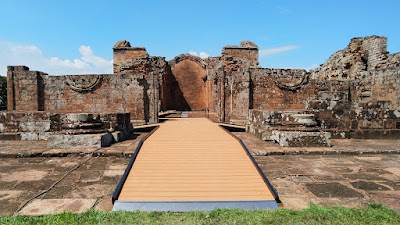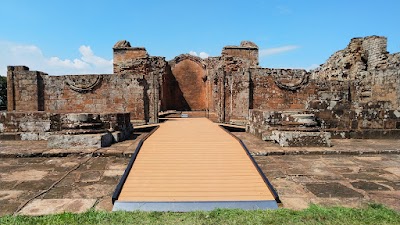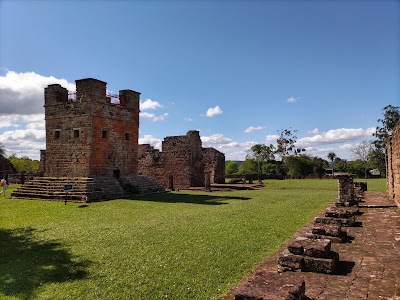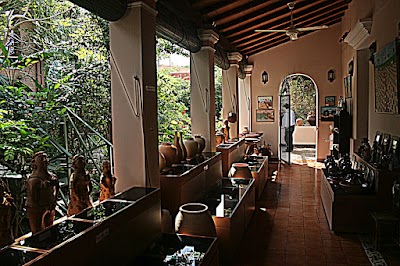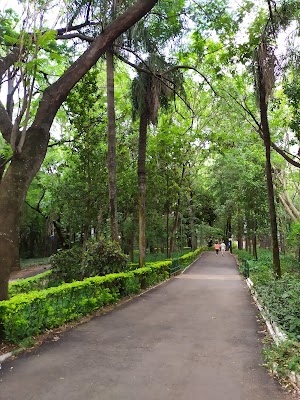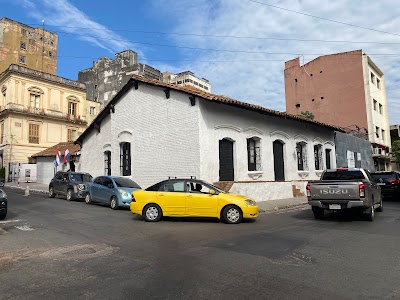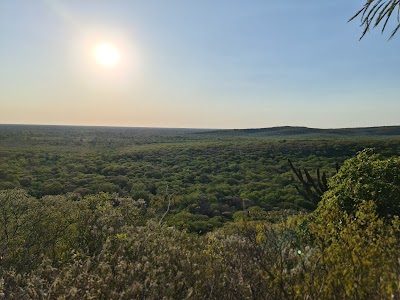La Santísima Trinidad del Paraná (La Santísima Trinidad del Paraná)
Overview
La Santísima Trinidad del Paraná is one of Paraguay's most captivating historical sites, nestled in the enchanting landscape of the Guairá Department. This Jesuit reduction, or mission settlement, offers an intriguing glimpse into the Spanish colonial period and the efforts of Jesuit missionaries to evangelize and educate the indigenous Guaraní people. Declared a UNESCO World Heritage Site in 1993, alongside Jesús de Tavarangué, this site stands as a testament to the blending of European and indigenous cultures.
Founded in **1706**, La Santísima Trinidad del Paraná was one of the last Jesuit missions established in the region. These missions served as more than mere religious outposts; they were intricate communities with well-organized social, economic, and cultural systems. Their primary aim was to protect the Guaraní from Portuguese slave hunters while integrating them into a Christian society. At its peak, Trinidad housed over **3,000 indigenous inhabitants**, living in harmony under the guidance of the Jesuit fathers.
Visitors to La Santísima Trinidad del Paraná will be captivated by the reduced yet majestic ruins that narrate the story of its former grandeur. The site features a vast central plaza surrounded by the remnants of the community's core structures. Among these is the impressive church, whose considerable size and detailed craftsmanship reflect the architectural prowess of the time. Although the roof has long since vanished, the intricately carved stone columns, doorways, and altars remain, providing a glimpse into the spiritual life that once thrived within the mission.
In addition to the church, tourists can explore various other buildings that comprised the mission, each serving a unique purpose. Remnants of schools where the Guaraní were educated, workshops for various trades, and even a modest hospital highlight the Jesuits' holistic approach. Their focus went beyond spiritual conversion; they aimed to improve living conditions and provide skills training for the Guaraní people, fostering a sense of community and self-sufficiency.
One of the most striking features of La Santísima Trinidad del Paraná is its embodiment of cultural hybridization during this era. The artistic details found in the ruins often combine **European Baroque styles** with indigenous motifs, showcasing a beautiful fusion of aesthetics and craftsmanship. For example, visitors can spot angels adorned with Guaraní features and flora and fauna native to Paraguay in the stonework. This unique blend illustrates the reciprocal influence between European and indigenous cultures, making the site a rich tapestry of history.
The significance of La Santísima Trinidad del Paraná extends beyond its historical and cultural value; it also offers a tranquil and introspective experience for modern visitors. Surrounded by lush greenery and the soothing sounds of nature, wandering through the ruins evokes a sense of the vibrant life that once animated the mission. Here, history breathes through every stone, allowing the past to come alive against the picturesque Paraguayan sky.
For archaeology and history enthusiasts, the site continues to unveil new discoveries, providing fresh insights into the lives of its former residents. Artifacts such as pottery, tools, and religious items unearthed in the area add another layer of understanding to the daily activities and interactions that took place within the mission.
An interesting tidbit about La Santísima Trinidad del Paraná is its role as part of a larger network of reductions across modern-day Paraguay, Argentina, and Brazil. These missions were interconnected, facilitating the exchange of goods, skills, and ideas, which bolstered their resilience and prosperity. However, the decline of these missions began after the Jesuits were expelled from Spanish territories in **1767**, marking the end of an era and leaving behind the intriguing ruins we see today.
In conclusion, La Santísima Trinidad del Paraná serves as a vital link to Paraguay's colonial past, offering a unique and enriching experience for visitors. Its ruins stand not just as monuments of stone but as enduring legacies of cultural synthesis, resilience, and the complex history of the Jesuits and the Guaraní people. Whether you are a history buff, a culture enthusiast, or simply in search of a tranquil retreat into the past, this site is sure to captivate and enlighten you.


